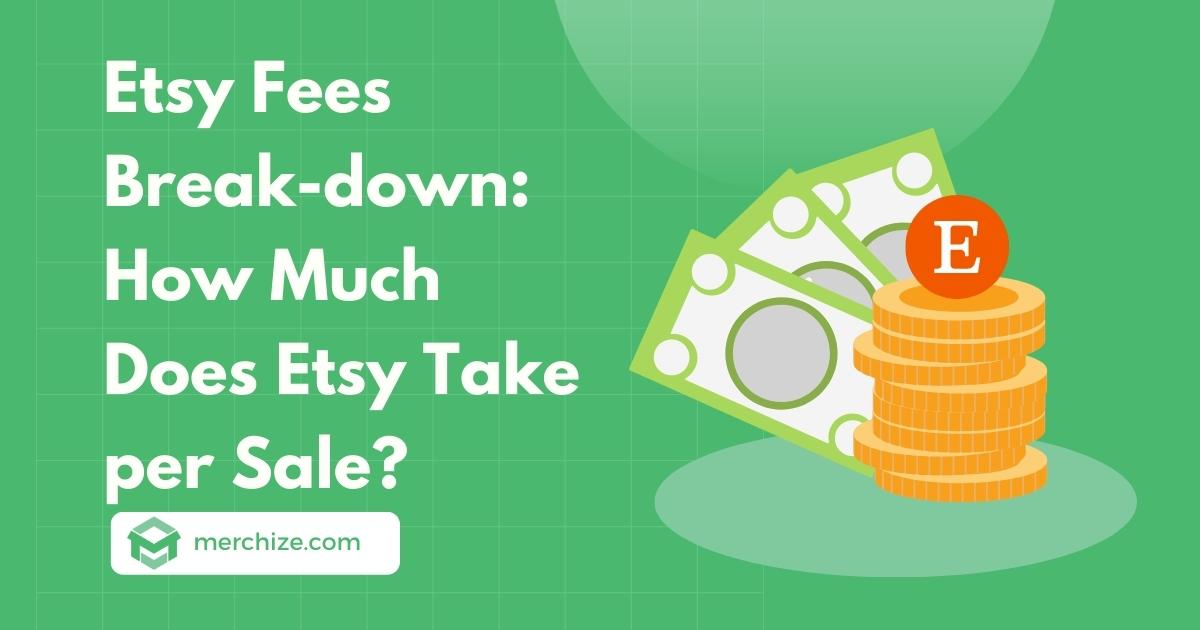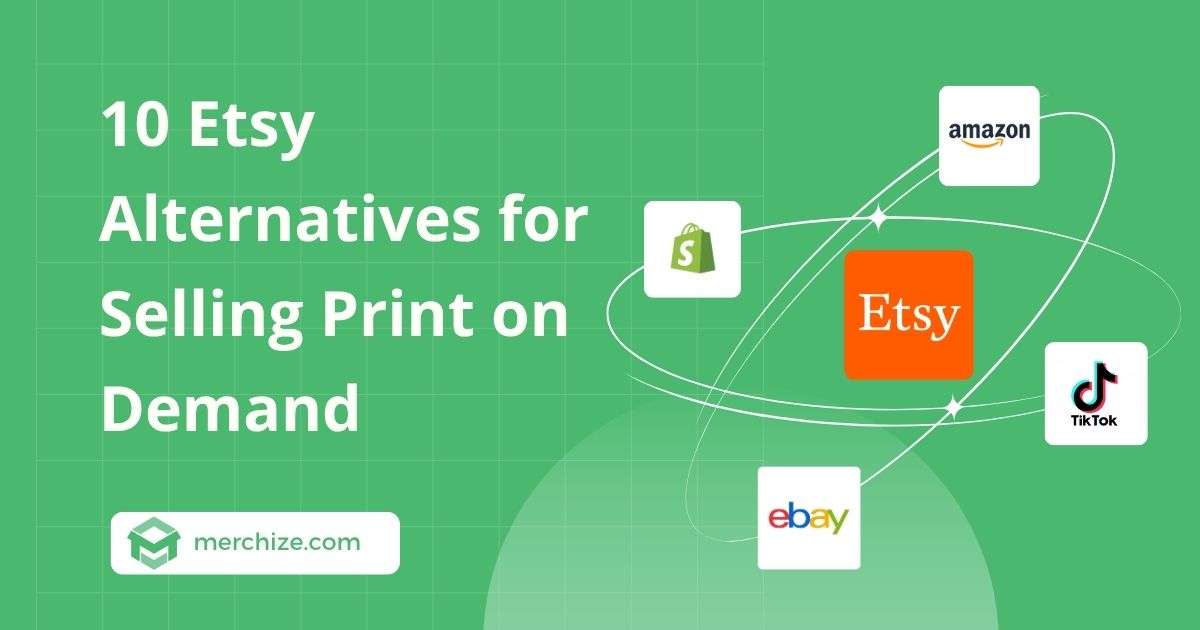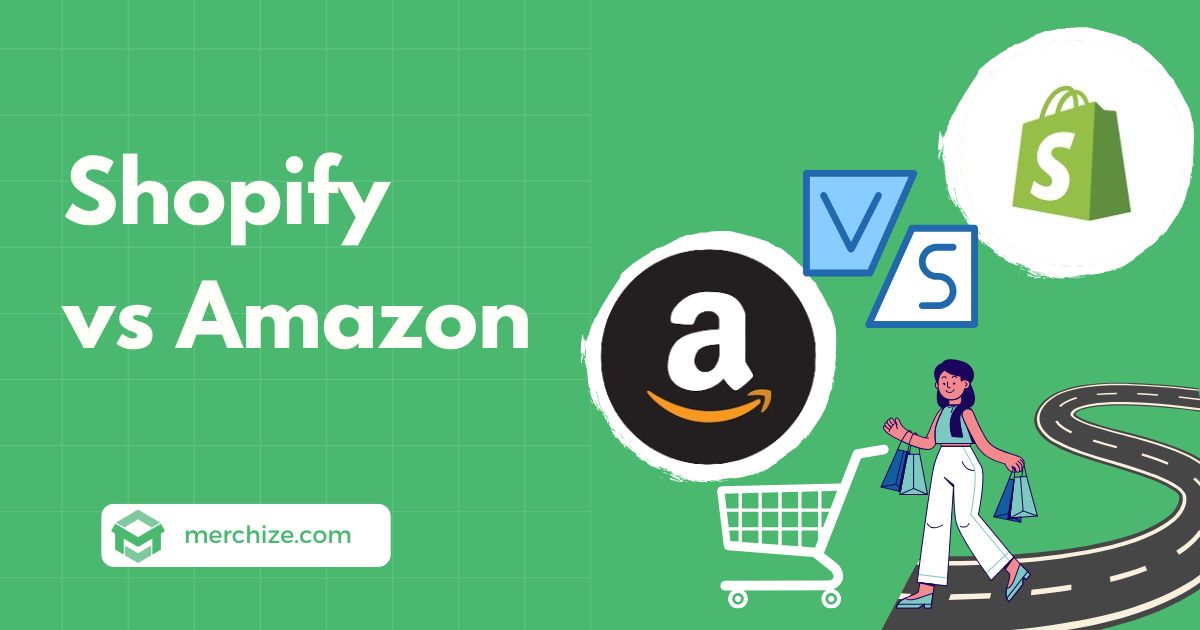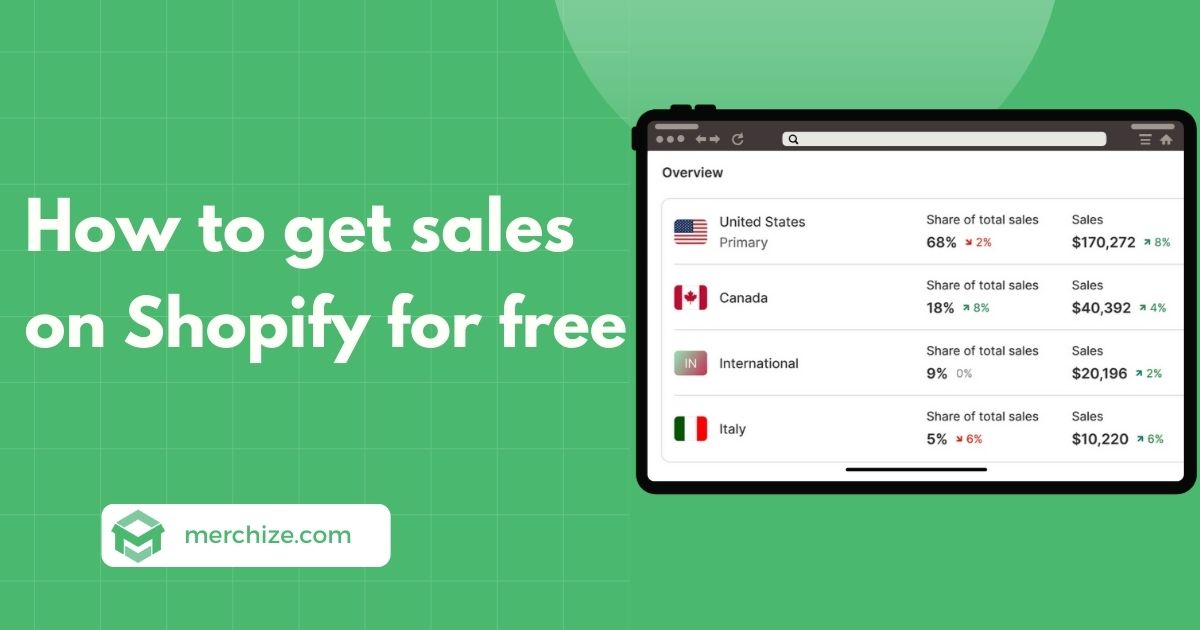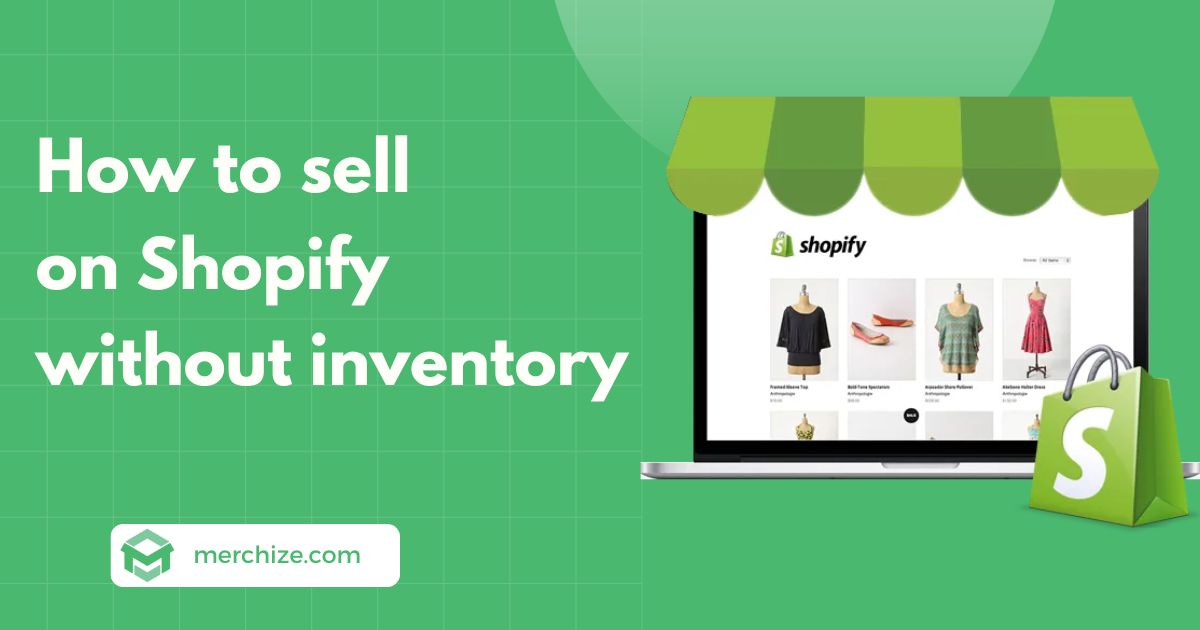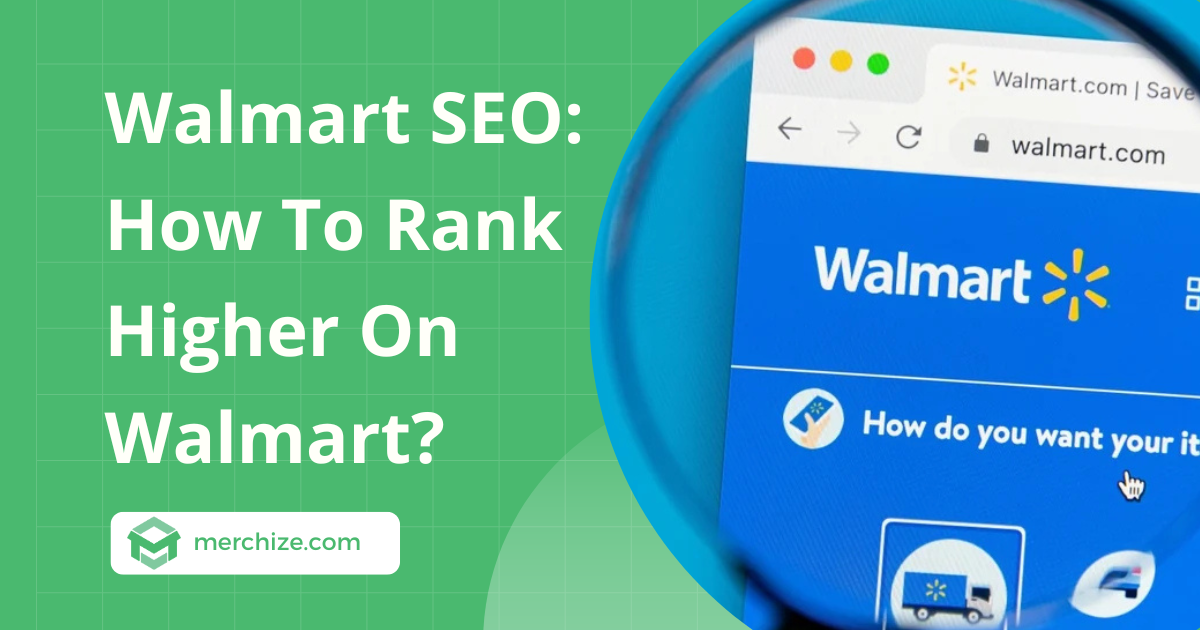Contents
As a seller on Etsy, you must wonder “How much does Etsy take from each sale?" Etsy charges various fees that can quickly add up and impact your profits. Understanding these fees is crucial for any seller looking to maximize their earnings and grow their business on Etsy. In this blog post, we’ll break down all of Etsy’s fees and help you calculate how much Etsy takes per sale so that you can make informed decisions and optimize your store’s profitability. Let’s dive in!
Listing free
Listing fee is charged when you add a product to your Etsy shop, which is called a listing. The listing fee is a flat rate charge of $0.20 USD per listing and is charged regardless of whether or not the item listed sells.
Let’s say you’re selling handmade soap on Etsy. You create a listing for a bar of soap and publish it to your shop. At this point, Etsy will charge you a listing fee of $0.20 USD.
With each listing, you are allowed to edit your listing free of charge. Besides the initial listing fee, there are other types of listing fees for selling on Etsy like auto-renew sold and multiple and private listing fees.
Auto-renew
Listings on Etsy will expire after four months, or until it’s sold. If your listing does not sell and your listing expires, you still have to pay $0.2 to renew the listing.
If you don’t want your unsold listing to be automatically renewed after four months, you must disable auto-renewal in the listing settings menu and manually renew your listings as you wish later on. But whether you renew your listings automatically or manually, you still get charged for each time the item is renewed.
If you are selling a unique vintage or handmade item that only has one in quality, for each item sold, the listing will become out-of-stock. With this type of listing, you won’t need to renew your listings. But for print-on-demand businesses, there is no limit to the number of quality you could sell, so you can opt for automatic renewal for your listings.
Multiple-quantity listing fee
When you have different variations of a product listed for sale, and a customer decides to purchase more than one variation in a single order, there will be an additional charge for each additional item purchased.
For instance, let’s say you have a t-shirt listed for sale in different colors and sizes. If a customer purchases two different color variations of the t-shirt, you will be charged the standard $0.20 USD listing fee for the first item and an additional $0.20 USD for the second item.
This additional charge for each item purchased in a multi-quantity order will not be reflected until the customer completes the purchase. It’s important to keep this in mind as you plan your pricing strategy for your listings with multiple variations.
Private listing fee
On Etsy, there is an option to create a private listing in case you want to sell a product, for example, a custom item for a particular customer. The private listing fee is $0.2, at the same rate as a regular listing.
Transaction fee
When a customer makes a purchase from your Etsy shop, Etsy collects a fee called a “transaction fee". This fee is only charged on listings that actually sell, unlike listing fees that are charged for each item you list in your shop.
Here are some basics to help you understand how transaction fees work:
- The transaction fee charged by Etsy is 6.5% of the total order amount in your shop’s currency.
- This fee is calculated based on the total cost of the item purchased, including any shipping or gift wrap charges that you may have added to the order.
- The transaction fee is automatically charged and posted to your Payment account, so you don’t need to worry about manually paying it.
You’ll see the transaction fee amount broken down separately on your Payment account, so you can easily track how much you’re being charged.
It’s important to keep in mind that transaction fees can add up over time, so you should factor them into your pricing strategy when setting prices for your items. By understanding how transaction fees work, you can make sure you’re pricing your items competitively while still making a profit.
Payment Processing Fee
When a customer makes a purchase from your Etsy shop and pays through Etsy Payments, there will be a payment processing fee charged. This fee is a set rate plus a percentage of the total sale price of the item, and it varies by country. The rate ranges from 3% to 4.5%. You can get the full details of the payment processing fee in different countries on Etsy.
The payment processing fee is taken from the total sale price of the item, including any shipping fees and applicable sales tax. It’s important to note that these fees are charged on every transaction that uses Etsy Payments, and they appear in your payment account as a separate charge.
These fees are in addition to Etsy’s transaction fees, which are charged based on the total order amount. So, it’s essential to keep in mind both types of fees when pricing your items for sale on Etsy.
If you’re a seller in India, you’ll be charged India Payments fees for the processing of domestic sales. Make sure to learn about these fees and factor them into your pricing strategy to ensure that you’re pricing your items competitively while still making a profit.
Currency Conversion Fee
If your Etsy shop’s listing currency is different from the currency of your Payment account, you will be charged a currency conversion fee when you receive sales funds. This fee is called a “Currency Conversion fee".
- When you use Etsy Payments to process your sales, Etsy will automatically convert your sales amounts from your shop currency into the currency of your payment account. A 2.5% currency conversion fee will be charged on the sale amount, which will be subtracted from your sale amount before the funds are deposited into your payment account. You can view the applied market rates in your Etsy Payments Sales CSV file.
- It’s important to note that if you receive payments through standalone PayPal, your payments will not be subject to currency conversion fees on Etsy.
To avoid currency conversion fees, you can set your shop currency to match your payment account currency. However, this may not be possible for all sellers depending on the location and currency of their shop and payment account. The other way is to use other payment gateways, like Paypal for example.
VAT and Sales Taxes
VAT
As an Etsy seller, you may be required to collect and remit VAT on your sales to buyers in certain regions.
When using Etsy Payments as your payment method, Etsy will automatically collect the VAT from the buyer on your behalf. This means that the VAT amount will be deducted from the order before the funds are placed in your Payment account.
If you are using standalone PayPal as your payment method, the VAT costs are added to your Payment account. However, it’s important to note that if a buyer pays you directly through your own PayPal account, Etsy cannot directly collect the applicable VAT. In this case, the VAT will be added to your Payment account once the buyer completes checkout on Etsy.
It’s important to understand your obligations when it comes to VAT, as failing to collect and remit VAT properly can result in legal and financial consequences. You may want to consult with a tax professional or do your own research to ensure that you are complying with all applicable VAT laws and regulations.
Sales Tax
In many US territories, government authorities have introduced internet sales tax laws for all e-commerce platforms. According to these regulations, the states are able to collect and remit sales tax from sellers on their online sales, if they reach a certain threshold in revenue or transaction.
Similar to VAT, Etsy calculates and collects your sales tax on your behalf. Your sales tax will be listed under the “Sales and Fees” section. You will be provided with the downloadable invoice monthly.
Regulatory Operating Fee
Depending on your location, you might get charged a Regulatory Operating fee which is specified by new regulations for digital transactions. If you want to add these fees to the cost of your product, you should clarify the price increase in your Etsy store policies.
The regulatory Operating Fee is charged at a percentage of the total cost of the product, which includes additional costs like shipping fees, personalization, and gift wrapping. The fee varies depending on the country.
- United Kingdom – 0.25%
- France – 0.40%
- Spain – 0.4%
- Turkey – 1.1%
Optional Fees
In addition to all the mandatory fees listed above, there are other optional costs that can add up to your total cost.
Etsy Ads
Etsy Ads is a tool that allows sellers to advertise their listings on Etsy’s website. When you use Etsy Ads, your listings will be placed in prominent positions on the site, such as in search results and on category pages.
Etsy charges a fee for this service, which is determined by the daily budget you set. You can choose to spend anywhere from $1 to $25 per day on your ads, depending on your advertising goals and budget. The more you spend, the more visibility your listings will receive on Etsy.
Etsy also offers a paid subscription that provides additional benefits, such as credits to use toward Etsy Ads. These credits can help increase the number of times your listings appear in search results and can ultimately lead to more sales.
Offsite Ads
Offsite Ads are a great way to promote your listings on social media and other websites partnered with Etsy. To use offsite ads, you need to make sure your listings have successful Etsy SEO, which includes relevant tags, great product photos, and descriptions that accurately describe your product.
When you use Offsite Ads, Etsy charges a percentage of the total sale price based on your store’s earnings from the past year. If your store has earned less than $10,000, Etsy will charge a 15% fee on the total sale price for offsite ads. If your store has earned at least $10,000, Etsy offers a 12% discount on offsite ads fees for any sale attributed to the ad.
It’s important to note that the offsite advertising fee has a limit of $100, even if the total sale percentage might be higher. A sale is attributed to the ad if a user has clicked on your promoted post and purchased a product within the next 30 days.
To get the most out of your Offsite Ads, make sure to target a specific audience and understand their preferred social media channels and the best time to start an advertising campaign. With successful Offsite Ads, you can establish a multi-channel marketing strategy and extend your advertising efforts to increase sales on Etsy.
Etsy Subscriptions Fee
Subscription fees are a monthly payment option that Etsy offers to sellers through its Etsy Plus program. For a fee of $10 per month, you can access a range of additional features and benefits to enhance your store’s performance and increase sales.
The subscription fee is charged automatically each month to your preferred payment method on file. You can manage and update your subscription settings in your Etsy account settings under the “Your subscription" page.
While a subscription fee may not directly impact how your listings appear in search results, it can provide added benefits such as Etsy Ads credits, advanced store customization options, and discounts on custom promotional materials. These benefits can help you grow your business and make your store stand out to potential customers.
Pattern Fee
Etsy’s Pattern feature lets you create a custom eCommerce website for your business. When using Pattern Fee, you will have your stand-alone storefront to sell your products. The peak of this service from Etsy is that Etsy will allow the automatic import of all content and inventory from your existing Etsy shop and you can manage all products from your Shop Manager.
Etsy Pattern is available with a 30-day trial. After a free 30-day trial, you will be charged a $15 monthly subscription fee to use Pattern.
In addition to the monthly subscription fee, there are some small fees associated with using Pattern, including domain registration, domain protection, and Etsy payment fees. However, with Pattern, you are no longer subject to selling and listing fees for your items on Etsy.
In-Person Selling Fee
Selling your items in person can be a great way to boost your sales and expand your customer base beyond online shoppers. With Etsy, you can use Square Reader to process in-person purchases and sync your listings with Square for just $0.20 per listing.
If you choose to sell in person without using Square, you will be charged an additional $0.20 transaction fee on top of the regular listing fee. However, when you use Square, you won’t have to pay Etsy’s 6.5% transaction fee or payment processing fee. Instead, Square applies its own small transaction fee plus a percentage of the total sale cost (usually between 2.6% to 3.5%).
So, if you’re a brick-and-mortar store looking to expand your sales channels, using Etsy and Square can be a cost-effective and convenient option. And with the low listing fee and no transaction fee from Etsy, you can keep more of your profits from your in-person sales.
How much does Etsy take per sale?
- Transaction fee: 6.5% of the total order amount
- Payment processing fee: Ranges from 3% to 4.5% of total sale price depending on country
- Currency conversion fee (if applicable): 2.5% of sale amount
- VAT (if applicable): Deducted from order before funds deposited to seller’s account
- Sales tax (if applicable): Collected by Etsy and listed under “Sales and Fees"
So the total amount Etsy takes per sale can vary greatly depending on the order total, payment method, VAT/sales tax applicability, currency conversion needs, etc. But the baseline they take from every sale is the 6.5% transaction fee. To directly answer the question “How much does Etsy take per sale?", it would be most accurate to say they take a 6.5% transaction fee from every sale.
What are the financial pros and cons of selling on Etsy?
Selling on Etsy gives you a profit from a large existing audience who have a specific interest in niche, custom, handmade items. But before you dive in, let’s weigh the financial pros and cons—with some real-world examples and stats to back it up!
Pros:
- Low upfront cost: With the convenience of a marketplace like Etsy, you won’t have to invest big bucks in building and maintaining a functioning website. It takes you only $0.2 for each listing to start making money on Etsy.
- Save on advertising: Etsy sellers can benefit from Etsy’s massive existing audience. With over 90 million active buyers globally on Etsy, new sellers can easily approach new customers by leveraging the organic traffic on this website. It can save new sellers a huge amount of money on marketing costs to achieve just the same results.
- Scalable income potential: With low entry barriers, Etsy makes it easy for people to start online businesses. If things go well and profits soar, you can turn this side hustle into a full-fledged business.
Cons:
- Highly competitive marketplace: Etsy is simple to start, but it is definitely not easy to stand out. With 7.5 million sellers, standing out can require extra spending on Etsy ads.
- Etsy fees can eat up your profits: When adding up, all Etsy fees can eat up your profits, especially, if you are selling low-profit products at every competitive cost. This can feel steep for small-scale sellers.
- Smaller chance for building a brand: In the long run, building a brand is crucial. But when you are selling on a third-party marketplace like Etsy, there is less room for you to fully embrace the power of brand building.
How to reduce Etsy fees?
Besides understanding the fee structure of Etsy, it is also as important to know how to reduce these fees, avoid unnecessary costs and broaden your margin. Here are some simple tips that can help you keep your Etsy under control.
Regularly update your listings
Many sellers forget the fact that listing fees are renewed every 4 months. If you are listing a huge amount of products but many of them are not getting any attention or sales, you must take down these listings to avoid automatic renewals of low-selling items. Instead, just renew listings of high-performance products.
Listing variations of products under one listing
If there are any products that are just slightly different from others, it’s better to group them into one listing to save listing fees. It also makes it easy for customers to browse from your huge collections of products.
Offer free shipping
Free shipping can be a great way to attract customers. However, it can eat up to your products and revenues. However, it only makes sense to offer free shipping for high-value products or orders. This way, it won’t affect your bottom line and, at the same time, manage to appeal to customers.
Set prices according to your bank account’s currency
One tip to avoid the currency conversion fee by Etsy is to synchronize your listing currency and your bank account’s currency. Now, Etsy won’t charge you a 2.5% fee for converting the currency on each sale.
Be strategic in running listing ads
Ads can take up a huge amount of your running cost. It can significantly reduce cost if you know you to run your ads efficiently. First, set a daily budget cap for Etsy ads and track which products get the best ROI. Secondly, instead of running ads for all items, just focus on products that bring you higher profits. Make these products at the forefront of your marketing campaigns.
Conclusion
Understanding how much does Etsy take is very important if you want to develop a profitable Etsy shop. By factoring in all of Etsy’s fees, you can price your items accordingly and make informed decisions about your shop’s budget and growth potential. Remember to regularly review and adjust your pricing strategy to ensure you are making a profit and providing value to your customers. Hopefully, with this knowledge, you can confidently continue selling on Etsy and take your business to new heights.
